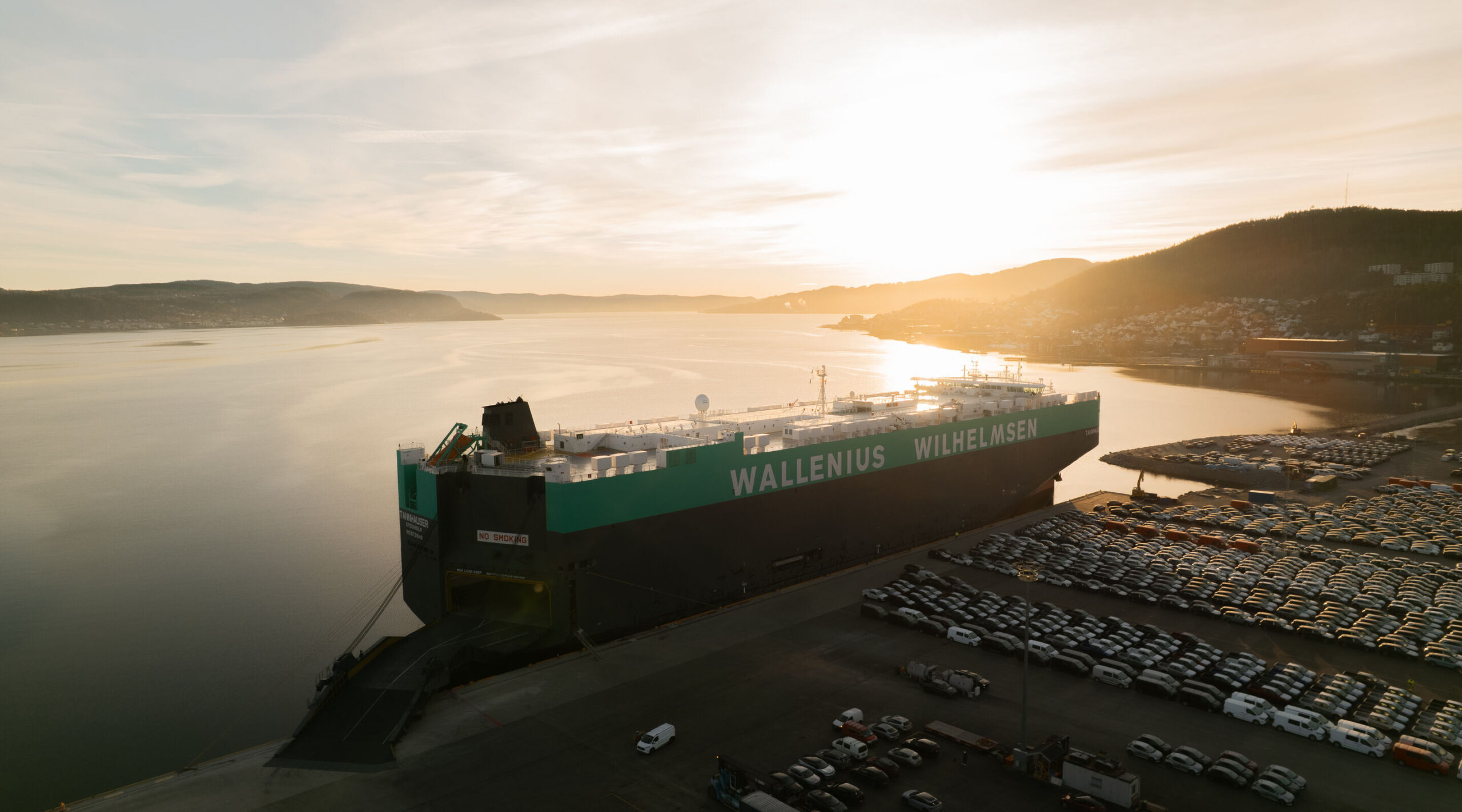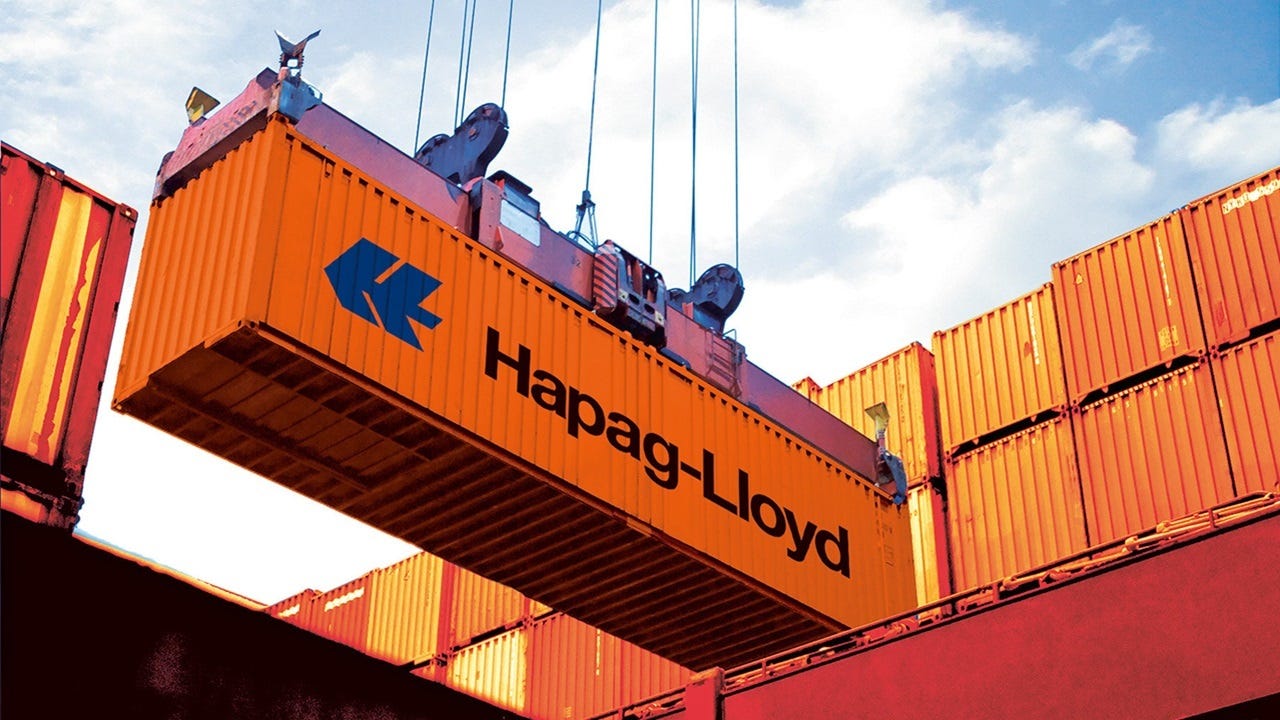WHAT DO YOU MEAN BY HUMANITARIAN LOGISTICS?
The word logistics is usually linked to the supply chain of a commercial business. It involves commercial goods, their transportation, warehousing, and redistribution. The logistics of relief goods, rescue equipment, relief infrastructure, aid workers, and victims in case of a disaster are referred to as humanitarian logistics.
What Do You Mean By Humanitarian Logistics?
The word logistics is usually linked to the supply chain of a commercial business. It involves commercial goods, their transportation, warehousing, and redistribution. The logistics of relief goods, rescue equipment, relief infrastructure, aid workers, and victims in case of a disaster are referred to as humanitarian logistics.
The field of humanitarian logistics has received considerable focus in the last few decades due to two reasons. First, disasters and natural calamities have been on the rise due to changes in the earth’s climate due to global warming.
Second, advanced technology that helps in rescue and relief operations thereby saving human lives in such disasters, has been developed and put to use, with many more being researched.
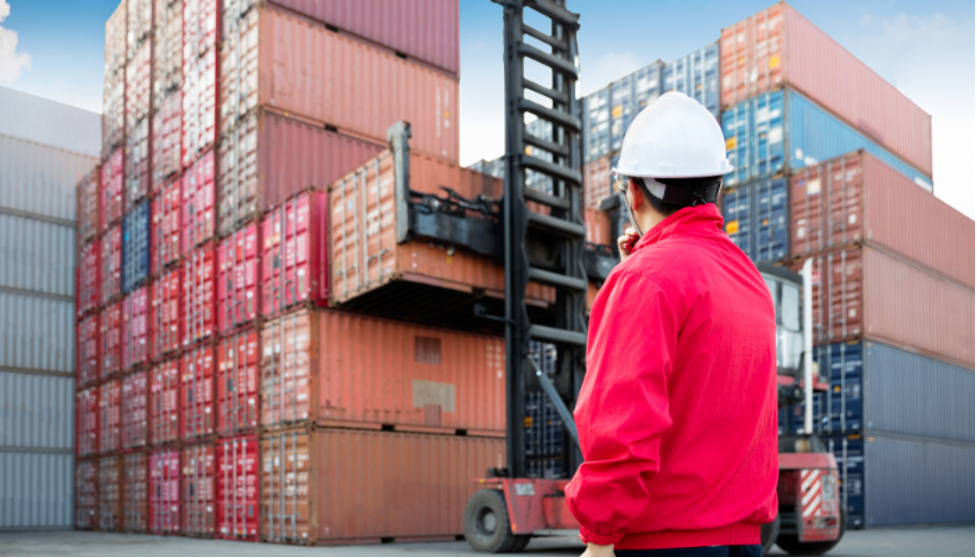
Natural Disasters and Man-made Conflicts
Floods, earthquakes, and wars – some, because of their sheer intensity often cause untold misery to millions. Unlike commercial logistics, which follows a set and reasonably stable pattern of movement of goods, humanitarian logistics can be very complicated and challenging. These challenges come mainly from political hostilities, the topography of the region, and the destruction of transport and communication infrastructure in the affected areas.
So, why not make use of conventional logistics operations in such cases? The answer is that when most disasters strike, mankind is unprepared. The requirement for humanitarian logistics can be most unpredictable, as in the case of natural calamities or even man-made disasters.
Natural disasters and human conflicts can be very violent. In most cases, it destroys or renders useless the existing logistics infrastructure available in the area that conventional logistics operations rely on. In other words, relief and rescue missions have to be mobilized from other areas that may be located far away.
Disasters of Recent Times
Besides several millions of lives lost, some major catastrophes of recent times that have caused grave humanitarian crises are:
- Earthquake in Turkey and Syria – February 2023
- War in Ukraine – ongoing
- Famine in Somalia, Ethiopia, Kenya – ongoing
- Earthquake in Haiti, January 2010
- Hurricane Katrina, August 2005
- Tsunami in the Indian Ocean, December 2004
The coronavirus pandemic that started in 2020 and is far from over has been viewed by experts as a global health, humanitarian, and economic crisis.
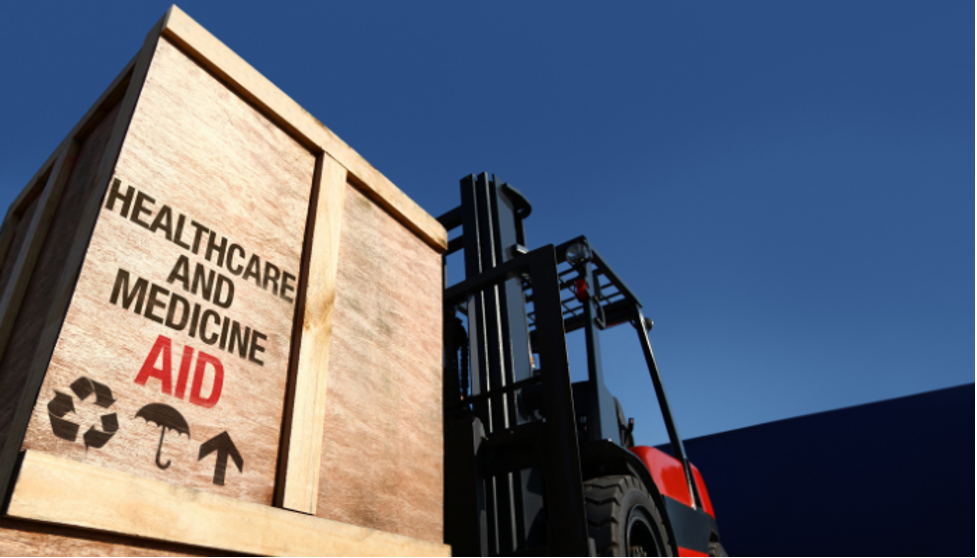
Aid and Relief Materials
Countries affected by crises of such magnitude, especially economically weak nations, may not be equipped to meet such unpredictable disasters that invariably lead to famine and the spread of diseases. What they need under such situations is shelter, food, clean drinking water, toilet facilities, field hospitals, and medical aid to get back to normalcy.
Humanitarian logistics helps in the timely movement of items that are required to restore normalcy and for the quick recovery of the country that has been affected by the disaster. Critical items have to be moved in bulk by airdrops or overland transport from places or countries where they are readily available. The aim should be to act fast, minimize the loss of human lives, and reduce the suffering of the affected population. While juggling all these, humanitarian logistics operators also have to ensure that costs are kept to a minimum.
Think Tanks, Working Groups, Humanitarian Operations
Developed and developing nations have think tanks and working groups that make use of various trends and pattern studies, and economic models to try and forecast disasters. While they may be helpful in alleviating certain situations, natural disasters cannot be prevented altogether. Such groups work closely with governments and organizations that have the infrastructure and support to meet humanitarian crises.
The World Food Program (WFP) and UNICEF are the largest organizations that undertake humanitarian operations around the world. The WFP is based in Rome, Italy. Its operations mainly cover parts of Asia, Africa, and some Latin American countries.
UNICEF’s supply and logistics hub is based in Copenhagen, Denmark. It is the world’s largest humanitarian warehouse operation that caters to emergencies as well as deals with ongoing projects, especially those that alleviate the suffering of children in the world.
The Leadership
How does a typical humanitarian logistics operation work? Having dedicated and dynamic leaders who can engage effectively with high-ranking government bodies and officials is the critical thing here. True leaders are those who can get started quickly and effectively.
Top leaders handling such operations should be experts in communicating with political figures, other relief organizations, and donors across the world. They should be able to come up with project plans and get the necessary funding, and other approvals sorted out quickly from the requisite authorities. They should be able to swiftly mobilize relief staff, infrastructure, and the necessary aid materials required for the humanitarian operation.
Humanitarian logistics operations may sometimes call for unconventional methods to be followed to transport goods and aid workers to a relief site. The team members should be equally committed to fulfilling the tasks and have the drive to help those in distress.
Most disasters require the immediate movement of relief workers and materials to the site. Therefore, depending on the urgency of the situation and accessibility of the distressed location, airdrops are the most preferred mode of transfer in these cases.
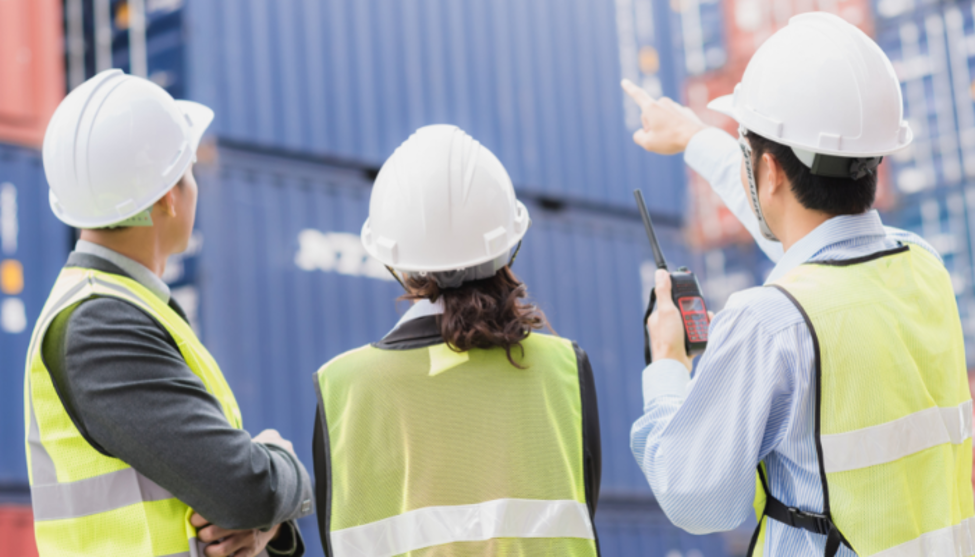
The flow of a General Humanitarian Logistics Operation
Assuming that a key humanitarian logistics aid team is in place, humanitarian logistics flow may be generally summarized as follows:
- Preparation of the project plan
- Approval of the plan
- Mobilization of staff and infrastructure
- Getting the necessary funding and permissions
- Acquisition and movement of machinery and equipment
- Procurement of relief goods through direct purchases or tenders
- Setting up of temporary shelters
- Setting up temporary distribution warehouses
- Movement of relief workers, food, water, medicine
- Distribution of essentials
- Rescue or transfer of those affected by the disaster
- Review of operations post-disaster
- Most of the above steps happen concurrently so that time – the critical factor here, is not wasted.
Logistics Emergency Teams (LET)
The World Economic Forum (WEF) of 2005 saw the world’s leading logistics and transportation companies, such as Agility Logistics, United Parcel Service (UPS), A.P. Moller – Maersk Group, and the DP World come together to form The Logistics Emergency Teams (LET). This voluntary body provides response and support to humanitarian emergencies around the world. With their experience, expertise, and global contacts, the LET has been part of several successful emergency deployments.
Humanitarian logistics is not always restricted to the movement of relief materials and aid workers. It may also involve activities such as helping a society reclaim its ecosystem through the planting of trees, restoration of fauna, etc. Some of the other activities that are undertaken by such organizations post-disaster period are setting up flood water barriers, hurricane shelters, etc.
The success of any humanitarian logistics operation depends upon how short the gap is between its preparedness and response in meeting challenges of food and medical insecurities and other humanitarian issues faced by the displaced population. The success, speed, effectiveness, or failure of each completed or ongoing operation is to be taken as a learning curve that should help humanitarian logistics organizations perform better and faster in the future.
Source: marineinsight by Hari Menon

